A Flood Warning for the tidal areas of Shoreham Harbour on Thursday (normal high spring tide plus an extra storm-surge) meant that I spent the morning putting in my mother-in-law’s flood defences, and only got to Ally Pally in the afternoon. I was really pleased that a lovely stranger came and helped me. She was walking her dog along the river and saw me staggering around with giant planks and heaps of sand-bags and came and helped for half an hour. How nice is that? So although my first day at the show was cut in half, in fact I went up in very good spirits, musing on how nice people can be. The other thing that helped me enjoy my whistle-stop rush round the show was that this year for the first time I treated myself to a 20-minute head, neck and shoulder-massage at the show. I’ve seen the people in green T shirts offering massages at previous shows and felt slightly shy about saying ‘yes’. But it got rid of tired muscles from sand-bag operations, and in fact it was so pleasant that I’ll make a point of doing it next year too. I started by feeling slightly self-conscious being massaged in such a public place, but after a few minutes I was relaxed, and soon after that I was away with the fairies. The main thing I missed out was the big trader’s hall, which was probably a good thing for my bank-balance.
Luckily I did manage to get round the main exhibitions that I wanted to see. Here are a few of my favourite things. I loved these apples by Renate Keeping, which are reflections on ripening, ageing and time. They are displayed in ‘crates’ and look like they have been lovingly gathered and stored at the end of the season. You could almost smell them, or reach out and take a bite. Closer inspection revealed marks and blemishes, and little holes where a creature had eaten its way in.
I was very taken with Jo Beattie’s work ‘Precious Memories’ (below) which was based on photographs of people she loves, capturing ‘moments in time’. Images are stitched onto organza and then cut-away into silhouettes, like this one of children in a play-ground. They are mounted away from their background and displayed with a strong light, so the shadows become as much part of the work as the stitching. Judging by conversations I overheard, this was a very popular piece.
Margaret Talbot’s piece below was inspired by the centenary of the start of the First World War. The description reads: ‘Margaret’s work was inspired by the scars of war on the landscape, the devastation of crops and the pollution of the land between the lines. Perfect fields disintegrate into ‘no-man’s-land’ and then into absolute destruction.’ Techniques include pulled work on silk scrim. I found it strangely moving.
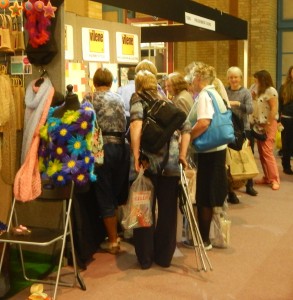 I finally got to say hello to Kim Thittichai on the stand where she was demonstrating, but only as the show was closing and the crowds finally melted away. Kim is buried in there somewhere, chatting and demonstrating away!
I finally got to say hello to Kim Thittichai on the stand where she was demonstrating, but only as the show was closing and the crowds finally melted away. Kim is buried in there somewhere, chatting and demonstrating away!
‘Part the Second’ will follow later. That was a day workshop with Hilary Beattie the following day, which needs some photos sorting before I add it.










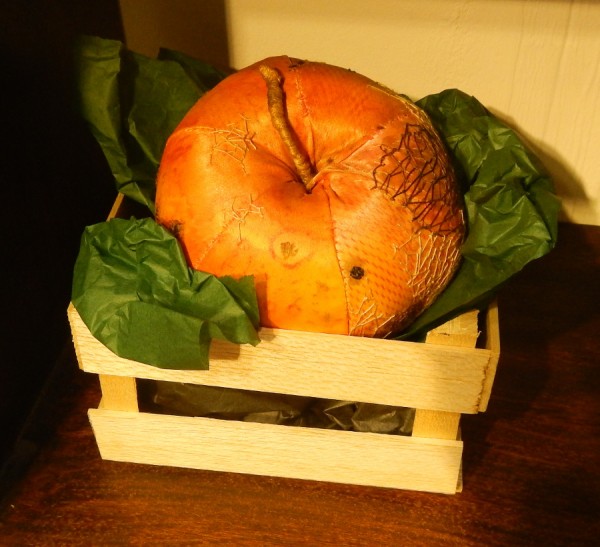
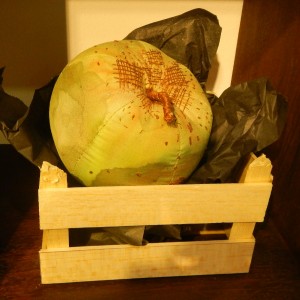
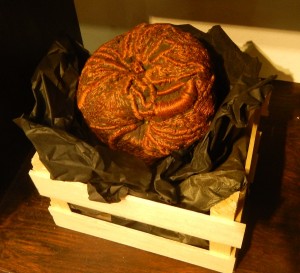
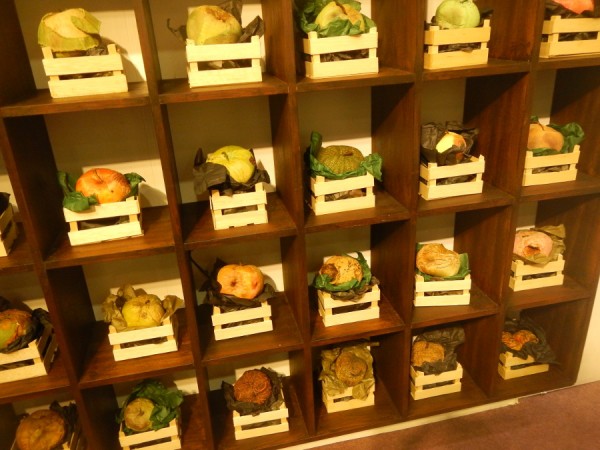
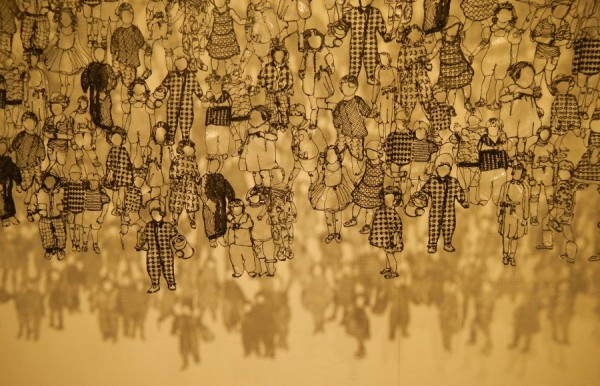
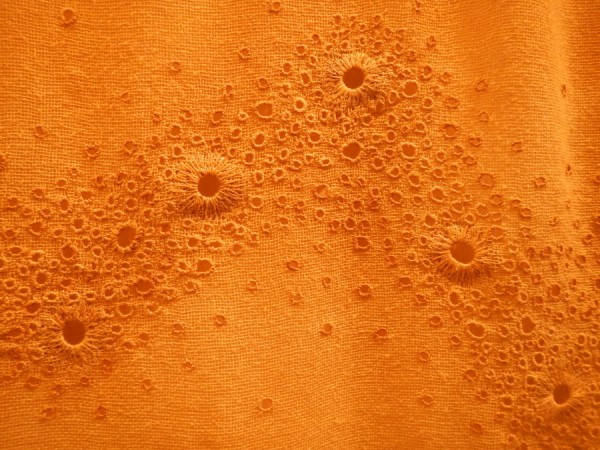
How lovely for the passer-by to stop and help with your flood defences. I agree, it’s the sort of thing that makes you head off with a smile on your face and a warm glow in your heart.
Margaret Talbot’s piece touched me too. Three of my great uncles were killed in action at Ypres, and when I visited there earlier this year I saw several of the huge craters created by bombs laid underground – beneath enemy trenches.
I thought there was something about Margaret Talbot’s piece that kind of captured the devastation and sadness of it all. It must be very eerie to see the craters in ‘real life’. I find it sad even just seeing some of the WW1 place-names when I’ve driven past on journeys through the area. How strange it must be to go about your daily life in such haunted places.